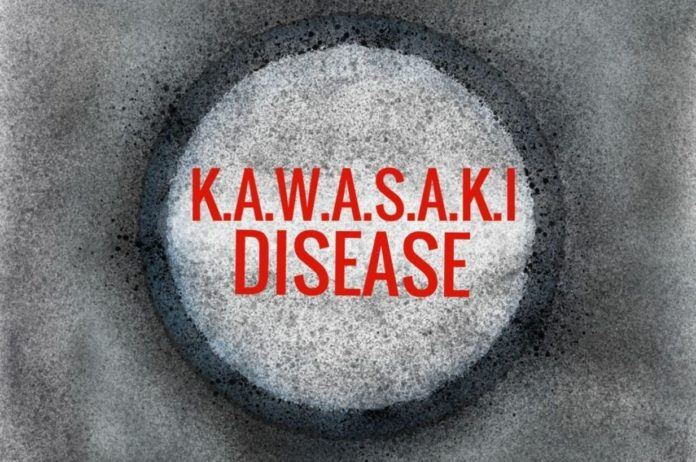Kawasaki Disease (KD) is the most prevalent acquired cardiovascular disease in children.
One-fourth of individuals develop coronary artery aneurysms if they go untreated, which can cause heart attacks, congestive heart failure, or sudden death.
Fever, rash, bloodshot eyes, and redness of the lips, throat, hands, and feet are all common symptoms in children. Although KD affects fewer than 6,000 children in the United States each year, the prevalence of occurrence in San Diego County has been increasing.
Pediatricians are still baffled by the disease’s actual cause(s) and mechanism of entry into the body, which has yet to be discovered. KD is not infectious, unlike COVID-19.
Researchers from the University of California San Diego School of Medicine, Scripps Institution of Oceanography, and Rady Children’s Hospital-San Diego collaborated with colleagues from around the United States to track Kawasaki disease (KD) rates prior to and during the COVID-19 pandemic.
The study, which came out in JAMA Network Open Pediatrics today, found that KD cases dropped by 28 percent in 2020 and stayed low during the peak of the pandemic. The decline was linked to school closures, masking mandates, lower ambient air pollution, and reduced respiratory virus circulation. In the spring of 2021, when masking rules were lifted and people went back to school in person, the number of KD cases went up.
However, the fact that coronavirus precautions were successful in lowering KD shows that its trigger(s) are similarly inhaled into the upper respiratory tract. The authors believe that if this finding is confirmed, it will have a significant impact on KD research and prevention.
Senior author Jane C. Burns, MD, director of the Kawasaki Disease Research Center at UC San Diego School of Medicine and physician at Rady Children’s Hospital-San Diego, thinks, “The pandemic provided an incredible natural experiment that we were poised to take advantage of.”
UC San Diego was leading a multi-site clinical experiment monitoring national KD cases between 2018 and 2020 when the pandemic broke out. To track KD incidence as the pandemic advanced, Burns’ team merged this effort with other data from San Diego.
“It’s a fascinating story,” says First author Jennifer A. Burney, adding “We saw a huge decline in numbers, but unlike other respiratory illnesses during the shelter-in-place period, it didn’t disappear entirely, and the dynamics were not the same for all subsets of patients.”
Male and Asian children have greater rates of KD, and both populations witnessed particularly big decreases in incidence during the pandemic.
Children aged one to five were another category that witnessed a significant reduction. When compared to infants, whose KD rates didn’t change much during this time, this was a big deal. According to Burns, this is likely due to the fact that the pandemic had less of an impact on newborn behavior, while usual activities and exposures for older children changed more radically in 2020.
The results are consistent with a respiratory portal of entry and show that social activity influences exposure to the agent(s) that cause KD.
“Kawasaki disease may be caused by a virus, a pollutant, a microbial aerosol or all of the above,” according to Burns. “The fact that the pandemic affected each age group differently supports the idea that there are multiple triggers of KD, and different children develop the disease after exposure to different ones.”
Image Credit: Getty
You were reading: New Research Hints At Origins Of Kawasaki Disease In The US
